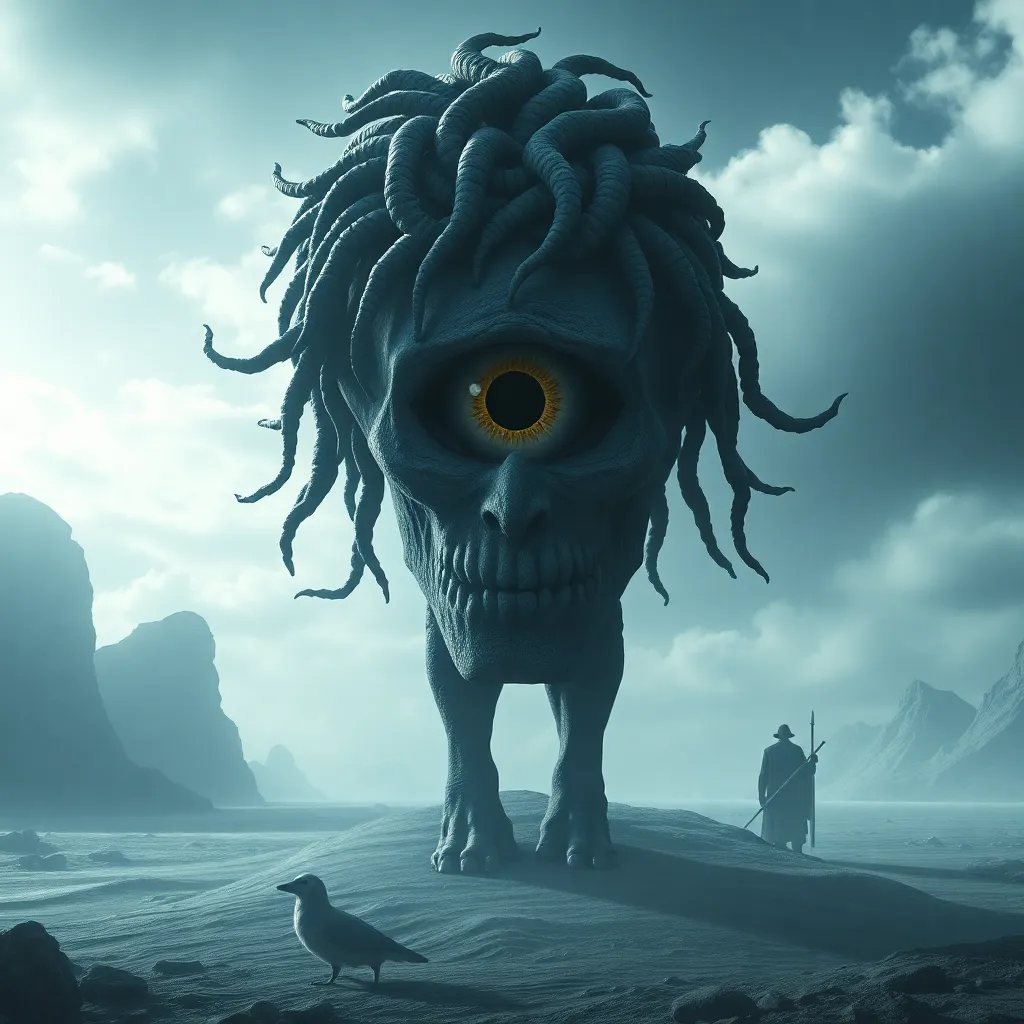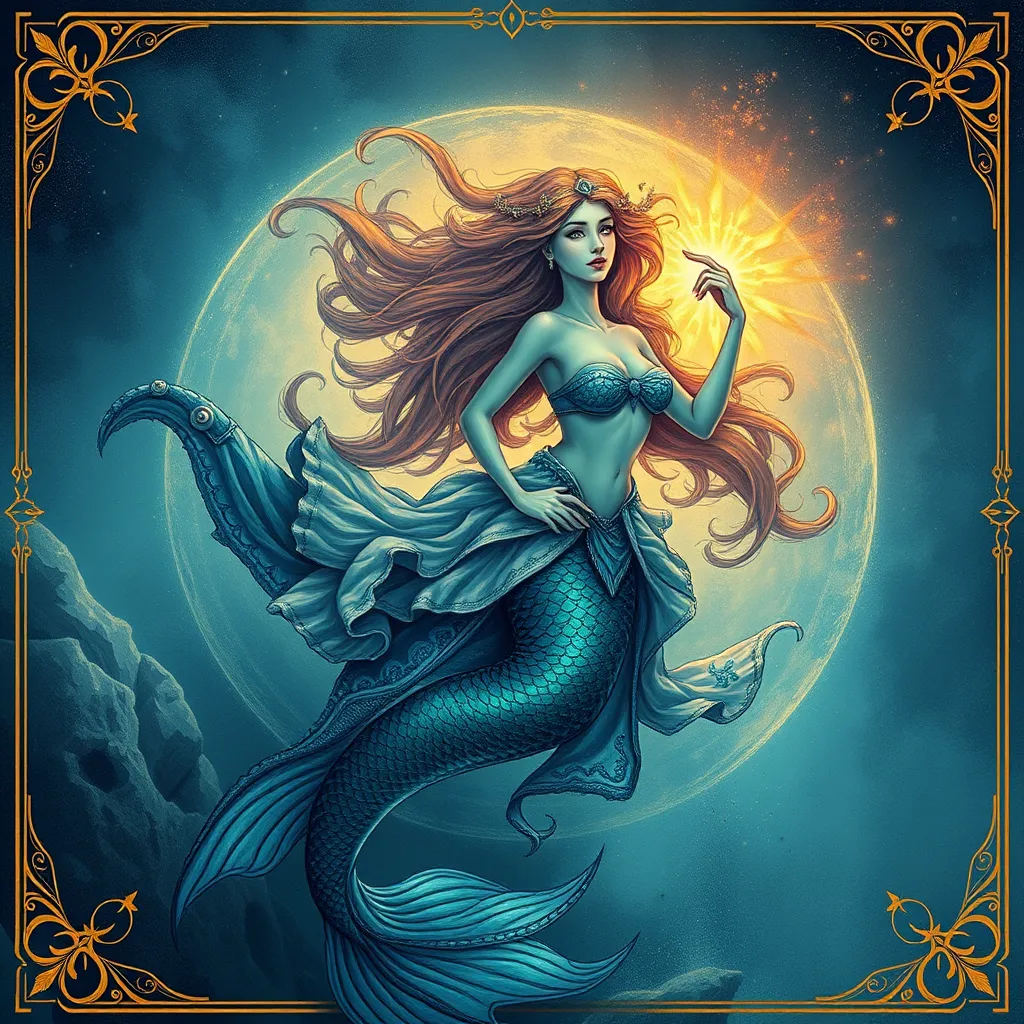The Cyclops as a Representation of the Other: Examining the One-Eyed Giant as a Symbol of Difference
I. Introduction
The Cyclops, a figure from ancient mythology, has long fascinated audiences with its unique characteristics and behavior. This one-eyed giant, often depicted as brutish and uncivilized, serves as a compelling symbol of “the Other” in various cultural narratives. The term “the Other” refers to individuals or groups that are marginalized or considered different from the societal norm. In this article, we will explore the Cyclops as a symbol of difference, examining its historical context, metaphorical implications, psychological perspectives, modern interpretations, and cultural significance.
II. Historical Context of the Cyclops in Mythology
The origins of the Cyclops can be traced back to ancient Greek literature, where it was first introduced as a member of a distinct race of giants. One of the most notable appearances of the Cyclops is in Homer’s epic poem, the “Odyssey,” where the hero Odysseus encounters the Cyclops Polyphemus. This encounter highlights key themes of hospitality, civilization versus barbarism, and the consequences of transgression against societal norms.
In ancient Greek society, the Cyclops represented the fears and anxieties of the unknown. As a creature that defies conventional human characteristics, the Cyclops embodies the chaos and danger that lurks beyond the familiar. The depiction of Cyclopes in Greek mythology often served as warnings against the dangers of hubris and the importance of adhering to societal rules.
III. The Cyclops as a Metaphor for Difference
The Cyclops’ physical characteristics—most notably its singular eye—contribute to its representation as an abnormal figure. This abnormality can be interpreted in various ways:
- Isolation: The Cyclops is often depicted living in solitude, away from society, which reflects the theme of isolation faced by those deemed different.
- Societal Exclusion: The Cyclops’ monstrous traits symbolize the exclusion of individuals who do not conform to societal norms.
- Comparison to Other Creatures: Other mythological creatures, such as trolls and ogres, also represent the Other, further emphasizing how societies often define themselves in opposition to these figures.
IV. Psychological Perspectives on the Cyclops
From a psychological standpoint, the Cyclops can be viewed as a projection of human fears and insecurities. The representation of the Cyclops as a monster reflects deeper societal anxieties about those who are different or marginalized. The implications of monstrosity extend into the realm of psychology, where the Cyclops represents the repressed parts of humanity that society often shuns.
By analyzing the Cyclops through a psychological lens, we can explore how this figure embodies the fears of losing control, the unknown, and the potential for violence. This symbolism serves as a reminder of the consequences of alienation and the need for empathy towards those who are different.
V. The Cyclops in Modern Interpretations
In contemporary literature and media, the representation of the Cyclops has evolved significantly. Modern interpretations often challenge the traditional view of the Cyclops as merely a brutish monster. Instead, these representations delve into the complexities of the Cyclops’ character:
- Subversion of Expectations: Many modern works depict Cyclopean characters with depth, exploring their emotions and motivations.
- Symbol of Diversity: The Cyclops is increasingly seen as a representation of diversity and the importance of embracing differences.
- Case Studies: Notable works such as “The Odyssey” adaptations, animated films, and fantasy literature feature Cyclopean characters that are nuanced and relatable.
VI. The Role of the Cyclops in the Construction of Identity
The Cyclops challenges the norms of the dominant culture by embodying traits that defy conventional heroism. As a foil to traditional heroes, the Cyclops represents an alternative form of identity that questions societal ideals. This dynamic prompts audiences to consider the implications of identity through the lens of the Other:
- Challenging Norms: The Cyclops forces characters like Odysseus to confront their own values and assumptions about strength and heroism.
- Exploring Identity: The interactions between heroes and Cyclopes highlight the complexities of identity formation and societal expectations.
- Understanding Humanity: By examining the Cyclops, individuals can gain insights into their own identities and the nature of acceptance.
VII. Cultural Reactions to the Cyclops
The Cyclops has inspired various artistic interpretations throughout history. In art and visual culture, the Cyclops is often depicted in ways that evoke both fear and fascination. Audience reactions to representations of the Cyclops have varied widely over time:
- Fear and Awe: Early depictions often emphasized the monstrous aspects, instilling fear in viewers.
- Empathy: Modern portrayals tend to evoke empathy, inviting audiences to understand the Cyclops’ perspective.
- Diversity and Inclusion: Discussions surrounding the Cyclops have become more relevant in contemporary conversations about diversity and inclusion, emphasizing the importance of embracing differences.
VIII. Conclusion
Throughout this exploration, we have examined the Cyclops as a multifaceted symbol of difference. From its historical roots in Greek mythology to its modern interpretations in literature and media, the Cyclops serves as a powerful representation of “the Other.” The relevance of the Cyclops today lies in its ability to challenge societal norms, provoke thought about identity and acceptance, and encourage a more inclusive understanding of diversity.
As we reflect on the lessons from the Cyclops narrative, it becomes clear that embracing difference is crucial for fostering understanding in our increasingly diverse world. The Cyclops, as a cultural symbol, reminds us that the Other is often a reflection of our own fears and insecurities, and that through understanding and empathy, we can bridge the gaps between ourselves and those who are different.




